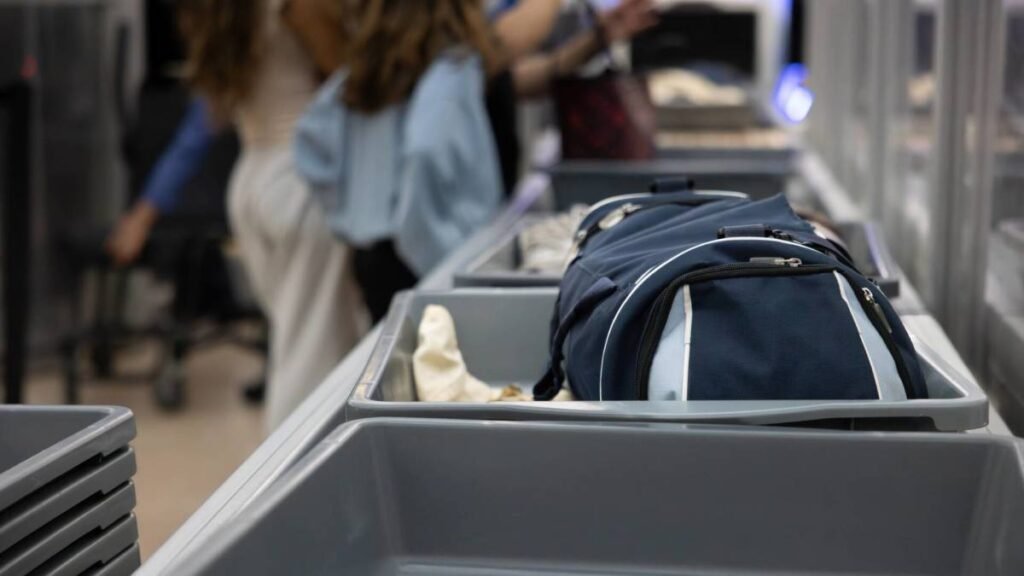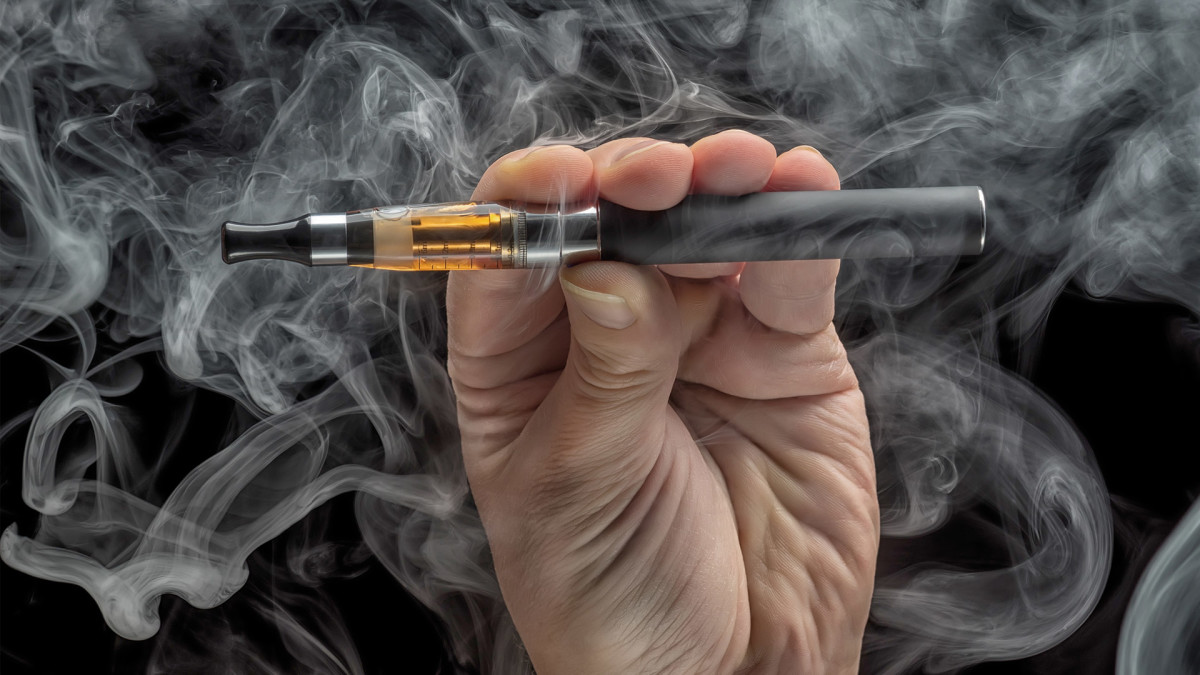While certain popular films have memorialized a time when one could light up a cigarette on a plane, the first crackdowns on in-flight smoking date back to the 1970s.
Cigars and pipes were the first to get banned in 1976 while United Airlines (UAL) was the first airline to establish a non-smoking section in some of its planes. In 1987, Congress passed a law banning smoking on flights shorter than two hours.
That was eventually extended to six hours while, in 2000, the Federal Aviation Administration (FAA) finalized a full ban. By that point, almost all major airlines had already changed their policies to independently ban smoking on their aircraft.
Don’t miss the move: SIGN UP for TheStreet’s FREE Daily news
Watch out for ‘vapes on a plane,’ warns TSA
As vaping gradually started to replace smoking in the 2010s, airlines and government agencies had to act quickly to put in place new rules to address e-cigarettes — the Department of Transportation (DoT) formally codified all form of electronic smoking devices as applying to the plane smoking ban in March 2016.
This ban extends not just to e-cigarettes but also e-cigars, e-pipes, vaporizers and electronic nicotine delivery pods.
Related: Flight attendant issues viral warning about this dangerous on-flight behavior
Due to internal batteries that have the ability to catch fire, electronic smoking devices are also banned from being transported in checked luggage — a regulation of which the TSA reminded travelers in a recent X post that it preceded with “vapes on a plane!”
“They’re only allowed in carry-on bags,” the agency wrote in the short post using the #PackSmart hashtag. “[The FAA] prohibits these items in checked bags.”
In a more detailed description on its website, the FAA specifies that any electronic cigarettes or vaping devices can be kept with the passenger in a carry-on bag so long as they are transported in a way that prevents them from being set off. The lithium battery inside also needs to be no stronger than 100 Wh or, for lithium metal batteries, have a lithium content of no more than two grams.
Image source: Shutterstock
‘Take effective measures for preventing accidental activation’
“Electronic smoking devices are allowed only in carry-on baggage,” the TSA writes. “Passengers are required to take effective measures for preventing accidental activation of the heating element of the device when transporting the devices. See the FAA regulations for examples of effective measures.”
More on travel:
- United Airlines places big bet on new flights to trendy destination
- Government issues new travel advisory on popular beach destination
- Another country just issued a new visa requirement for visitors
With electronic cigarette vapor setting off smoke alarms just as much as traditional smoke, many a passenger has gotten caught trying to sneak a small puff in the plane lavatory and risked the resulting fine or even travel ban.
A report from International Air Transport Association (IATA) found that the use of “e-cigarettes, vapes and ‘puff devices’ in the cabin or lavatories” was the number one non-compliance issue that airlines dealt with in 2022 while Colorado-based flight attendant Natalie Magee once went viral for explaining why the “it’s just steam” excuse many vapers use does not actually fly when it comes to regulation.
“When you smoke or vape in the bathroom and you do not identify yourself and get caught, that airplane is grounded for a minimum of at least two hours because they have to do a complete overhaul of the systems and the engine,” Magee said in her TikTok video.
Related: American Airlines launches six flights to popular European cities



















